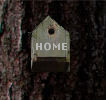 |
Northwest Conifers |
AboutAll ConifersConifersLow-elevationHigh-elevationOthersEast SideSouthwestNon-natives——————Conifer ConesIndexMore Info |
New World CedarsThe cedars of North America are called "new world cedars" to distinguish them from the dissimilar, "true cedars" of the Himalayas and the Mediterranean region. Thus, some writers call our native cedars "false cedars." However, these trees are commonly referred to as just "cedars," even though our northwest cedars belong to four different genera, none being Cedrus, the genus of true cedars. All these new world cedars have similar looking flat, scale-like leaves, and somewhat similar stringy bark. And they all belong to the Cypress family (Cupressaceae).
|
© 2012 Ken Denniston
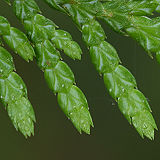 Western
Red Cedar
Western
Red Cedar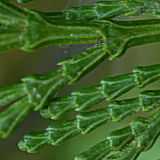 Incense
Cedar
Incense
Cedar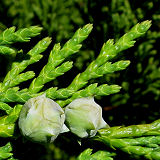 Alaska Cedar
Alaska Cedar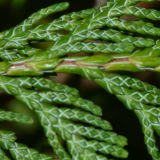 Port
Orford Cedar
Port
Orford Cedar